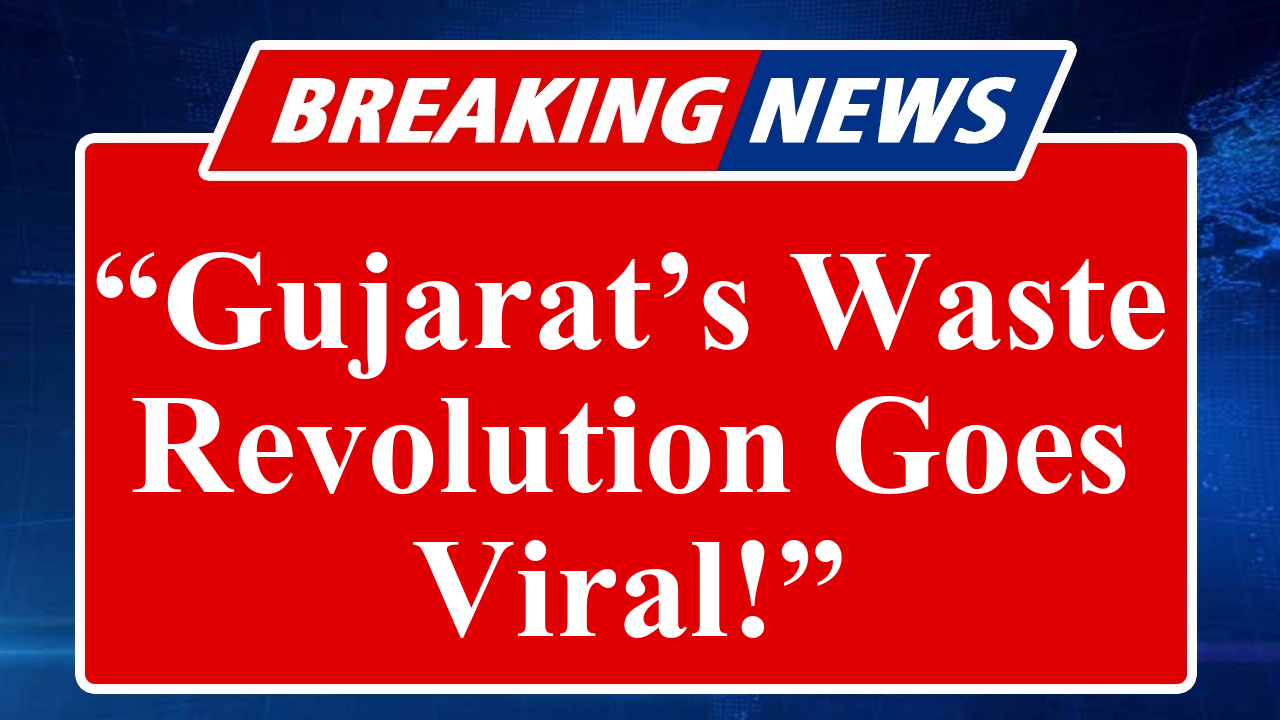“Gujarat’s innovative waste management scheme under Swachh Bharat Mission 2.0 has gone viral, earning praise for its sustainable approach. Launched on 13 June 2025, the initiative promotes waste-to-energy projects, advanced segregation, and community participation. With over 80% waste processing efficiency, it’s a model for India’s clean cities drive, inspiring other states to adopt similar eco-friendly practices.”
Gujarat’s New Waste Revolution Gains Nationwide Attention
On 13 June 2025, Gujarat launched a transformative waste management scheme under the Swachh Bharat Mission 2.0, which has rapidly gained traction across social media and news platforms. The initiative, hailed as a game-changer, focuses on converting waste into energy, enhancing segregation processes, and fostering community-driven cleanliness drives. Posts on X highlight its success, with users praising Gujarat’s leadership in sustainable urban development.
The scheme introduces cutting-edge waste-to-energy plants in cities like Ahmedabad, Surat, and Vadodara, capable of processing 1,500 metric tonnes of waste daily. These plants use advanced incineration and anaerobic digestion technologies to convert organic and inorganic waste into biogas and electricity, powering over 10,000 households in pilot phases. Official reports from the Gujarat Urban Development Department indicate an 80% waste processing efficiency, a significant leap from the national average of 60%.
Community participation forms the backbone of the initiative. Over 5,000 resident welfare associations have been onboarded to promote doorstep waste segregation, with color-coded bins now mandatory across urban households. The state has also deployed 200 smart waste collection vehicles equipped with GPS tracking to ensure timely pickups. “This is not just about cleaning streets but building a mindset of sustainability,” said a senior official from the Gujarat Pollution Control Board.
The scheme’s digital campaign, #CleanGujarat, has amplified its reach, trending on X with over 1 million mentions within days of its launch. Influencers and environmentalists have lauded the initiative, with posts emphasizing its replicability across India. The state government has allocated ₹2,000 crore for the project, with plans to expand waste-to-energy plants to 20 more cities by 2027.
Challenges remain, including rural outreach and managing legacy landfills. However, Gujarat’s model is already inspiring states like Maharashtra and Tamil Nadu to explore similar frameworks. The initiative aligns with India’s broader circular economy goals, reducing landfill dependency and promoting green energy. Data from the Ministry of Housing and Urban Affairs shows Gujarat’s waste management index score has risen to 4.8 out of 5, the highest in the country.
Disclaimer: This article is based on reports from the Gujarat Urban Development Department, posts on X, and environmental data from the Ministry of Housing and Urban Affairs. Information is subject to change as new details emerge.

